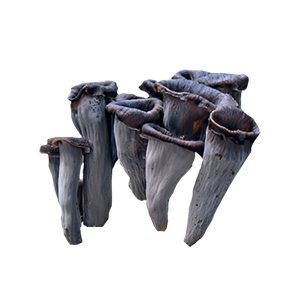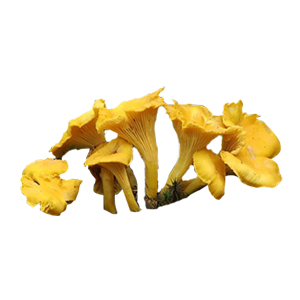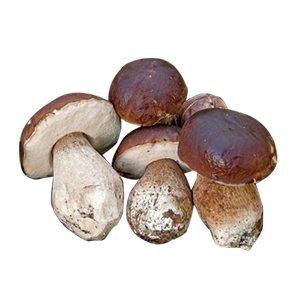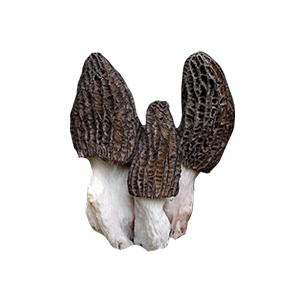Description:
- Cap: 3–10 cm in diameter; folded around the edges; flaky, cone-shaped with thin walls with outward folding edges. In young specimens the edges are rolled and the inside is covered with small flakes. Older specimens tend to be wrinkly. It is typically grey to brown; older and moister specimens are almost black.
- Stem: 3–12 cm long; 0.5–2 cm thick, hollow, elastic, smooth, narrower at the base, smooth or slightly ragged; susceptible to flaking in prolonged dry weather. Grey-brown to grey-purple colour; older specimens have a covering of sparkly whitish dust
- Trama: hard, very thin, susceptible to breaking after drying, grey colour. When moist, the mushroom regains its original consistency, grey-black to black colour. Its taste is mild, sometimes “gripping” its odour is pleasant and spicy, sometimes a bit earthy.
Habitat: deciduous forest, mixed forest, typically under oak and beech trees
Occurrence: August, September, October, November
Use: It is suitable for drying; it is widely used in soups or the typical South Bohemian dish called “kuba”, where it it responsible for the dark colour of the dish. Many mushroom hunters enjoy mushroom powders containing the horn of plenty as a spicing agent. It can also be fried or finely chopped.
Country of origin: Czech Republic, Slovakia




